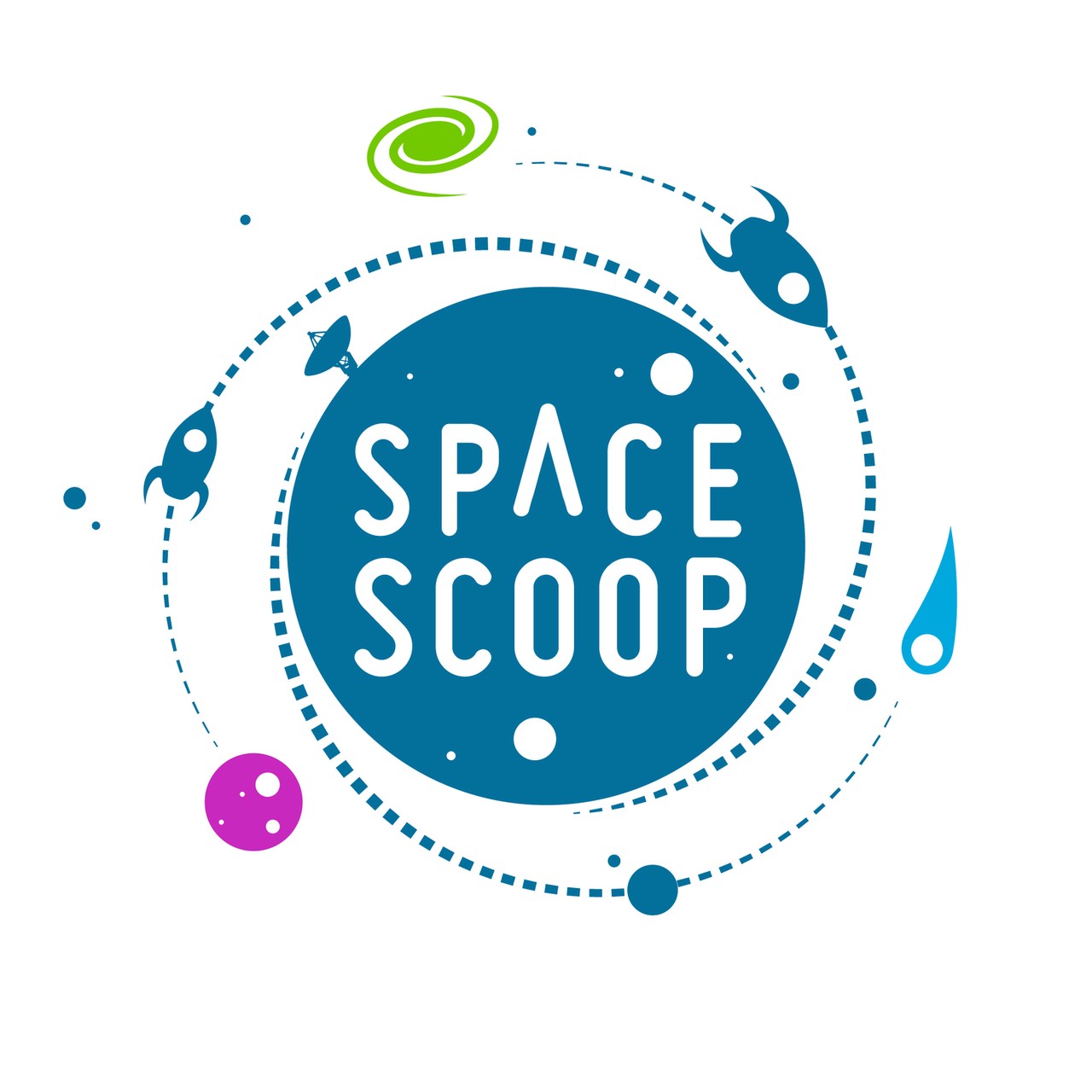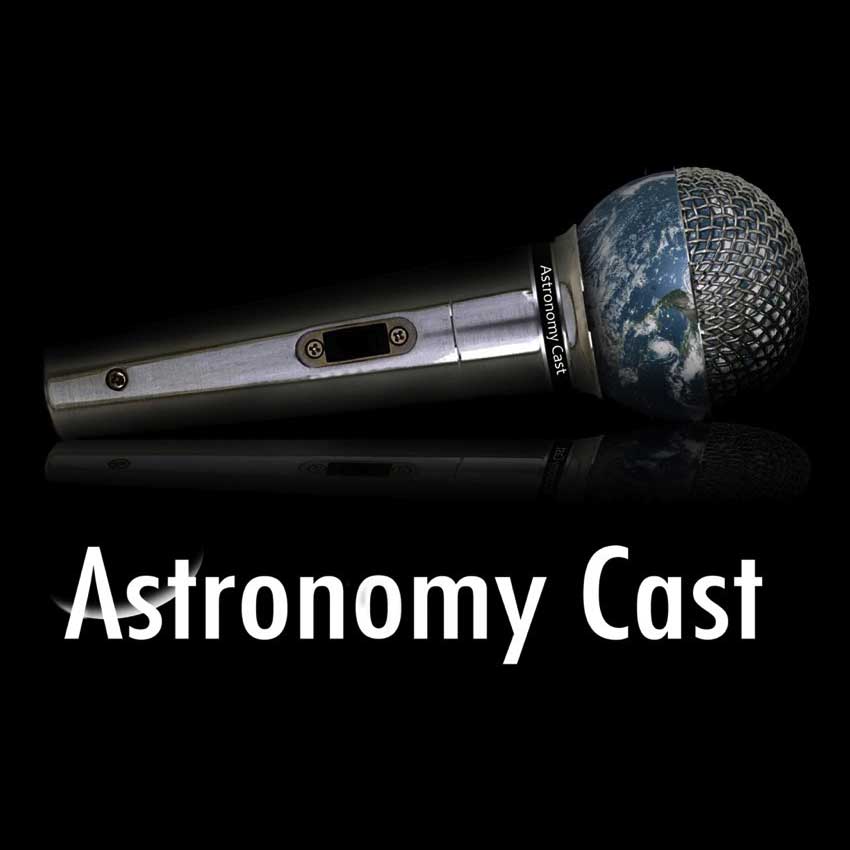Time for weekly update with @WSHCrew. Tonight the team will discuss about MAREVL 2.0 Static Fire Tests with Seth Lockman from bluShift Aerospace, Mars mineral, a bunch of exoplanet and the impact of Russian/Ukrainian war on all things space


Time for weekly update with @WSHCrew. Tonight the team will discuss about MAREVL 2.0 Static Fire Tests with Seth Lockman from bluShift Aerospace, Mars mineral, a bunch of exoplanet and the impact of Russian/Ukrainian war on all things space

What to observe in February? Listen to @awesomeastropod #skyguide and news round up today at #365DaysOfAstro. The team will cover Venus sample return mission, big far away star with very big planet, another ocean moon in Saturn and many more.

Time for 2021 highlight with @AwesomeAstroPod. Starting with usual Xmas frivolity to go to NASA’s coverage of Elon Musk’s Penetrating Explorer Neo Insertion System rocket delivering NASA’s Advanced Solar System probe to Uranus and look back at the astronomy and space exploration highlights of 2021.

Join us today for weekly update with @WSHCrew. Today the team will discuss with Dr. Paul Halpern about flashes of creation. And as usual the team will bring news update about Water on Mars, exoplanet, and how quickly the Moon cooled.

By studying white dwarf stars, and finding some of them, well, in a way polluted, astronomers have found that most rocky exoplanets are made of rocks we can’t find anywhere in our Solar System.

For the longest time the only gas giant planets that we knew about were Jupiter and Saturn. But now, in the age of extrasolar planets, astronomers have discovered thousands of gas giants across almost as many star systems. What new discoveries have been made about gas giants, both here in the solar system and across the Milky Way

Time for weekly news. @WSHCrew will discuss about an ultra-hot Jupiter with a 16 hour orbital period, DART, JWST, extracting oxygen from lunar regolith. This week guest is Dr. Stephon Alexander talk about an outsider’s guide to the future of physics

It’s December! Time to catch geminid meteor showers. More with @AwesomeAstroPod skyguide and news round up at #365DaysOfAstro

Scientists have measured the composition of the hot Jupiter exoplanet WASP-77Ab as the first step in creating a catalog of exoplanetary atmospheres.

How do giant planets make diamond rain? Does it really, you know, rain? Where does diamond rain exist?